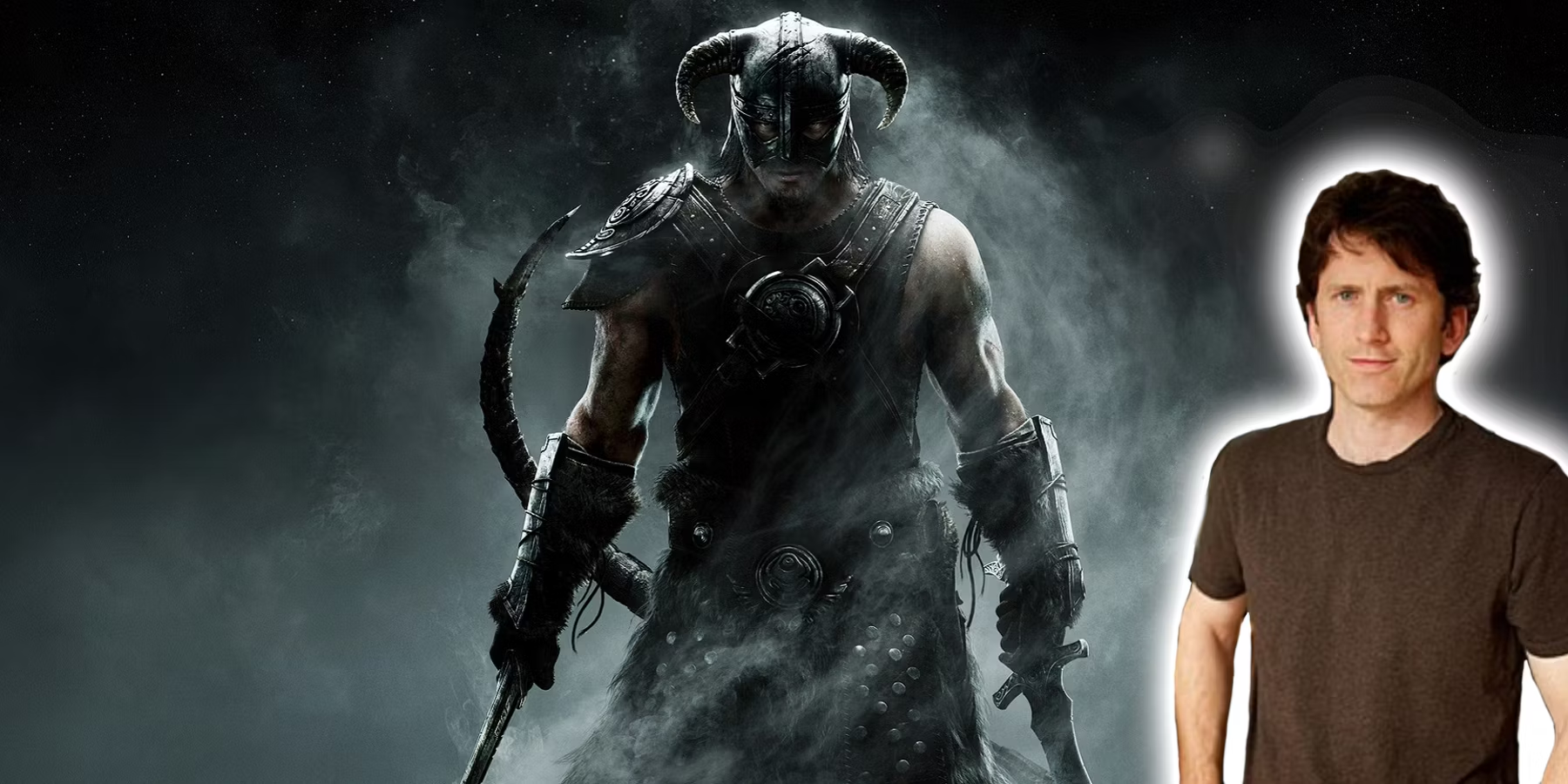Challenges and How We Face Them
A lot of what I love about playing video games are the challenges and obstacles that they force us to deal with. Whether these are combat, puzzles, or platforming, games present us with difficult tasks, and we must overcome them. In lots of instances, this comes from derived skill gained by playing the game.
My mind instantly thinks of Dark Souls, but this is true of almost all games. In Dark Souls, the game difficulty slowly ramps up, pitting you against tougher and tougher enemies with more complicated moves, and you must slowly develop the skill needed to defeat these tougher challenges. By the end of the game, you and your character are stronger and more adroit in combat. This keeps me wanting to test my skill against stronger foes, and when I down them it is fun and rewarding.
As gamers, we are all too familiar with this cycle, but for a game to be fun these challenges need to feel fair. When you are put against an impossibly difficult task, the fun is quickly diminished. To me, a hallmark of quality game design is knowing how to gate these challenges so that the player is never overly frustrated with what they have to do. This is why we have levels and locked off areas.
When I saw this mountain, I had to go climb it, which guided me closer to my goal.
Intuitive Game Design
This is what I like to think of as an intuitive game design. Without being told directly what to do, or what not to do, you figure out how to solve the game’s obstacles. Games are full of this “carrot and stick” design. Like Super Metroid. When you get the high jump boots upgrade, you know exactly where you need to go next. You have seen those out of reach platforms before and the game is now subtly telling you to go back to them.
Even a game like Dark Souls, a game notorious for giving players next to no direction, does this. When you arrive in Firelink Shrine one of the first things you will see is an item on the rim of a well. This well is in the direction of Undead Burg, the first real area of the game. And while this is extremely subtle, I do believe this is intentional; aiming to tell players to go to the Undead Burg. However, my favorite example of this comes from one of the most beloved games of all time, Final Fantasy 6.
Now just keep going up the stairs to the Undead Burg.
Final Fantasy 6
At the beginning of Final Fantasy 6, you and your party are on the run from the Emperor and the evil Kefka. Your party makes it to the hideout of the Returners, a rebel group fighting against the empire. It is here that your party decides to split up. Most of your party will escort Terra back to Narshe, while Locke will infiltrate South Figaro, which has come under imperial control, in order to get any information that could be useful for the group. When you get there, guards are blocking off access to most of the town. At first, you are at a loss, not knowing what to do, but the game has been building towards this event and it will very discretely guide you through it.
Locke is a self-proclaimed treasure hunter. Others would call him a thief, but he would object to this description. During the early game’s dialogue, you gather that he is a stealthy and crafty individual, perfect for being a thief or “treasure hunter”. In Final Fantasy 6, everyone has a special combat ability.
Some can use tools, some can do special fighting-game-esque combos, some use magic. But Locke, as a “treasure hunter” can steal items from enemies. And during the opening act of the game, you get a feel for this character. He is always suggesting that he can sneak into anywhere, and as the group splits up he will have to put his money where his mouth is.
After you figure out that the guards in South Figaro aren’t going to let you get past them, you start to think about what it is you are supposed to do. You soon will find a boy who blocks a secret path, telling you that only merchants are allowed to pass. As you explore more of the town you will encounter a rude merchant who mouths off to you.
This will trigger a battle. And the second you start this battle it is clear what you need to do. The game has built up Locke as a thief and you have had enough experience in combat to know about his special ability to steal items. It is clear that you need to steal from the merchant. When you do, you get his clothes. Leaving the merchant naked, and you with a new mercantile look. Soon after that experience, when you have to fight some guards, you once again know exactly what to do. You steal the guard’s uniform and then can proceed deeper into the town.
The first time I played through this part of Final Fantasy 6 I nearly cheered. I was this close to getting frustrated, not knowing what I had to do. And then everything in the game, from the narrative and characters to the combat and mechanics, all come together in this perfect way to guide you through the puzzle. When you enter combat with that merchant you know exactly what needs to be done, and the game hasn’t really told you anything. You’ll think, I wonder if I can steal this guys clothes, and then you do – and everything clicks nicely into place. After that moment I can never not look for subtle moments of intuitive game design when playing games. I am constantly looking for little clues developers have left for players, and it is always something special when you find them.
Have you found subtle moments of intuitive game design? Let us know down in the comments below and stay with us at Culture of Gaming for more editorials like this.












